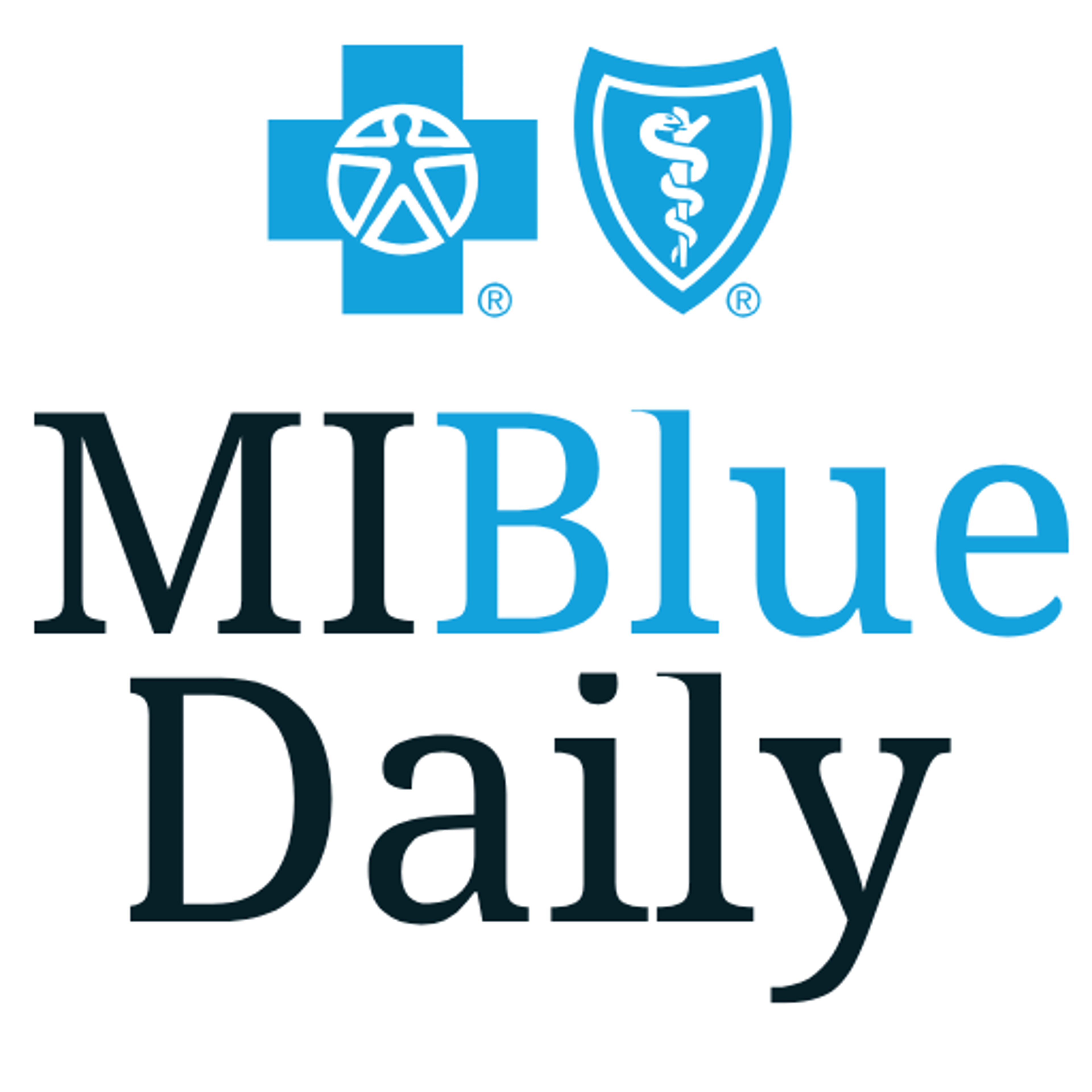
Reading a medical bill can feel overwhelming. Most Americans have a limited understanding of their health insurance benefits and how they work. This confusion can delay how quickly bills are paid – which ultimately can cost the consumer.
Most medical bills contain the same basic information. Learning to read bills can become simple once you understand what the terms mean.
Here’s what you need to check on your bill before paying it.
Personal information, including name and address: Make sure the bill is for you or a dependent.
Date(s) of service: Make sure you received the services listed on that particular date.
Name and address of the provider and/or facility: If you don’t recognize the provider name or the facility that is billing you, call the number on the bill and ask about the name.
Description of services or supplies: Check to see if the listed services and supplies are accurate. You can check this list against the list of services provided to you when you left your appointment on the day it happened. Sometimes the descriptions are general or include billing codes. You can search these codes online or contact the provider’s office to learn more.
Costs: This is often separated into several columns to reflect the impact of your health insurance, if you have it. Here are some of the ways costs are broken down:
- Total charges: The full price of the service(s) or supplies you received. If you have health insurance, you will likely not pay the full amount.
- Allowed amount: The maximum among your health plan will pay for a covered service. This term may also be called an eligible expense, payment allowance or negotiated rate.
- Adjustments: The amount the provider or facility takes off of the total charges because they have agreed to discount the amount for that particular service.
- Insurance payment: How much your health plan pays, up to the allowed amount.
- Patient payment: Any amount you already have paid to the provider or facility, including a copay.
- Balance due/patient responsibility: How much you still owe.
How to pay the bill: Many providers offer secure online payment, as well as mail-in payment options. Payment plans may be available for those who qualify. Check with the provider’s office to see if this is an option for you.
When reviewing a medical bill, it may help to compare it to a list of services you received at your visit to a health care provider – many offices provide this to you at the end of your visit. If you have health insurance, it is also helpful to compare the medical bill from your provider to the explanation of benefits you received from your health insurance company. An explanation of benefits is not a bill; just information about your coverage.
Here are some common health insurance terms that are good to understand before reading your medical bills:
- Coinsurance: This is the percentage of covered health care services a patient is expected to pay after a deductible is met. If a person’s insurance plan has a 20% coinsurance, the individual is expected to pay 20% of each medical bill.
- Copayment: A copay is a fixed dollar amount the patient is expected to pay for health care services. Scheduled doctor visits typically range between $25 and $50, depending on the plan. This cost is generally paid at the time of the visit, rather than billed later.
- Deductible: The amount a patient must pay on covered health care services before an insurer starts contributing. Throughout the year, these payments go towards an annual deductible. Once the deductible is met, patients share the cost with the health insurance company by paying coinsurance and copays until the total benefit maximum is reached.
Blue Cross Blue Shield of Michigan and Blue Care Network members can learn more about their health insurance benefits by logging in to their member accounts online at bcbsm.com and through the Blue Cross mobile app.
The mobile app empowers you to conveniently make informed health care decisions and get the most out of your health plan. Want to try it out yourself? Download the mobile app today in your app store or learn more.
More from MI Blue:
- How Your Insurance Company Can Help You Save Money on Prescriptions
- Why Missing a Checkup Could Cost You in the Long Run
- Making Smart Choices During Open Enrollment: The Benefits of an HSA
Photo credit: Getty Images






